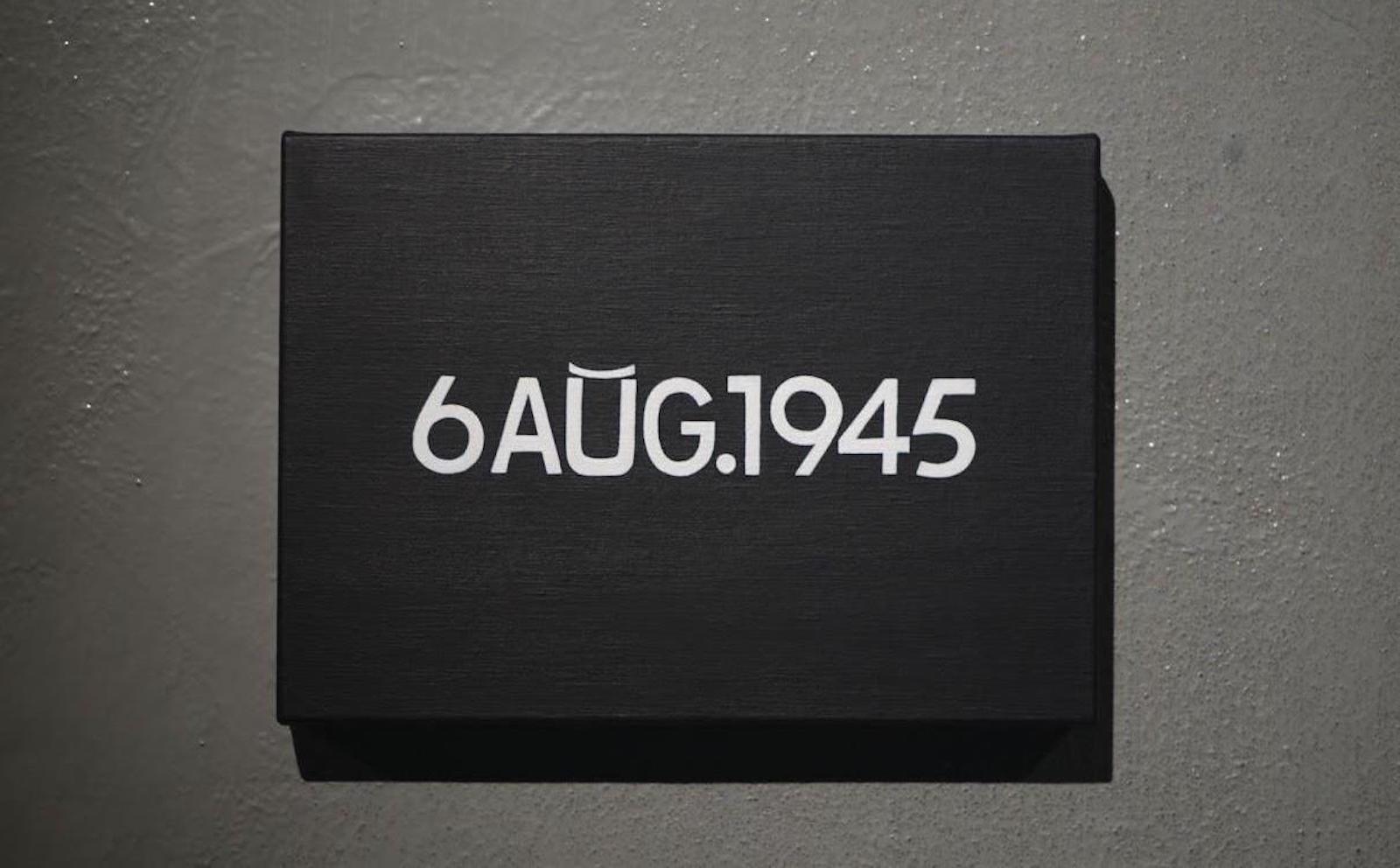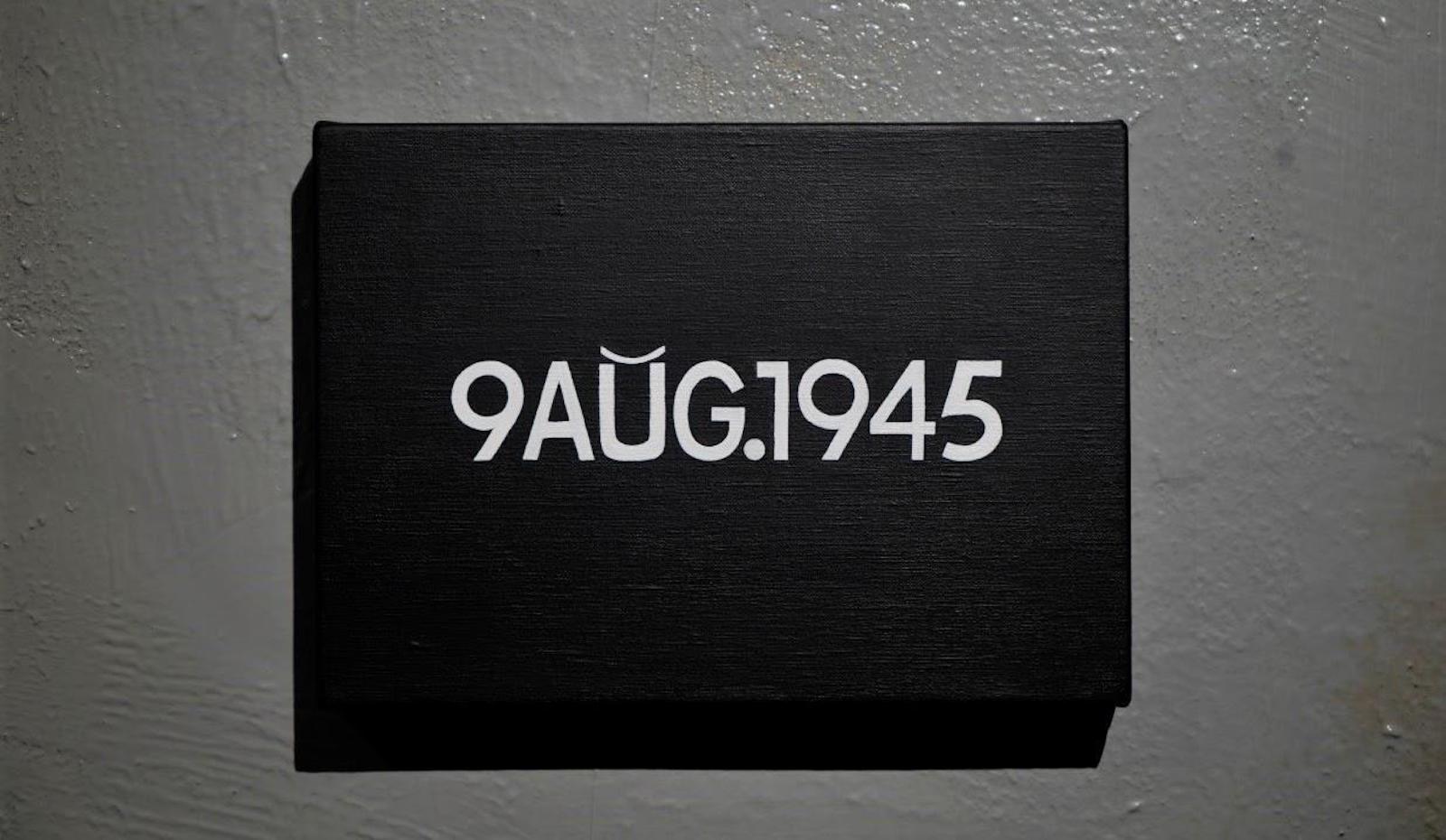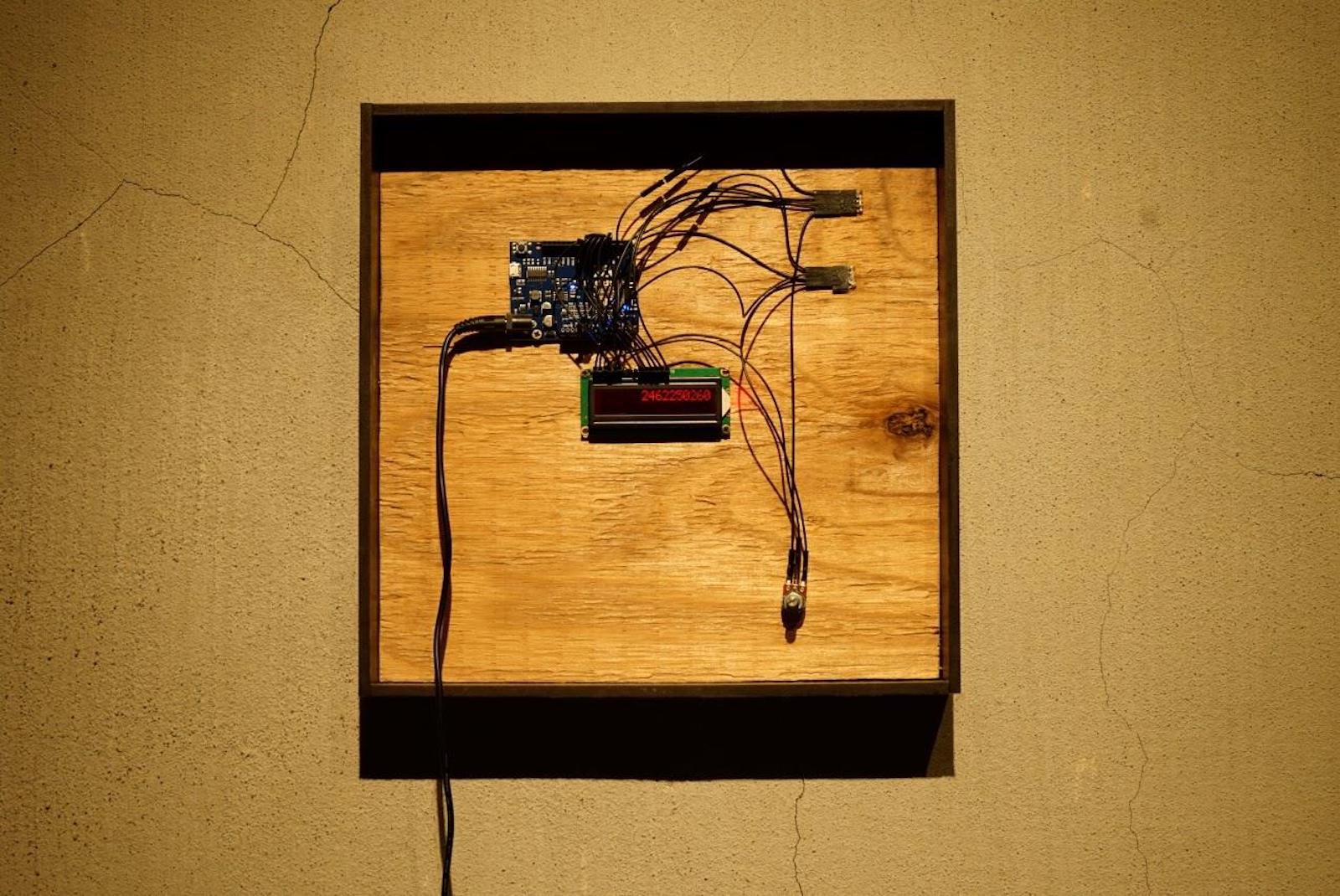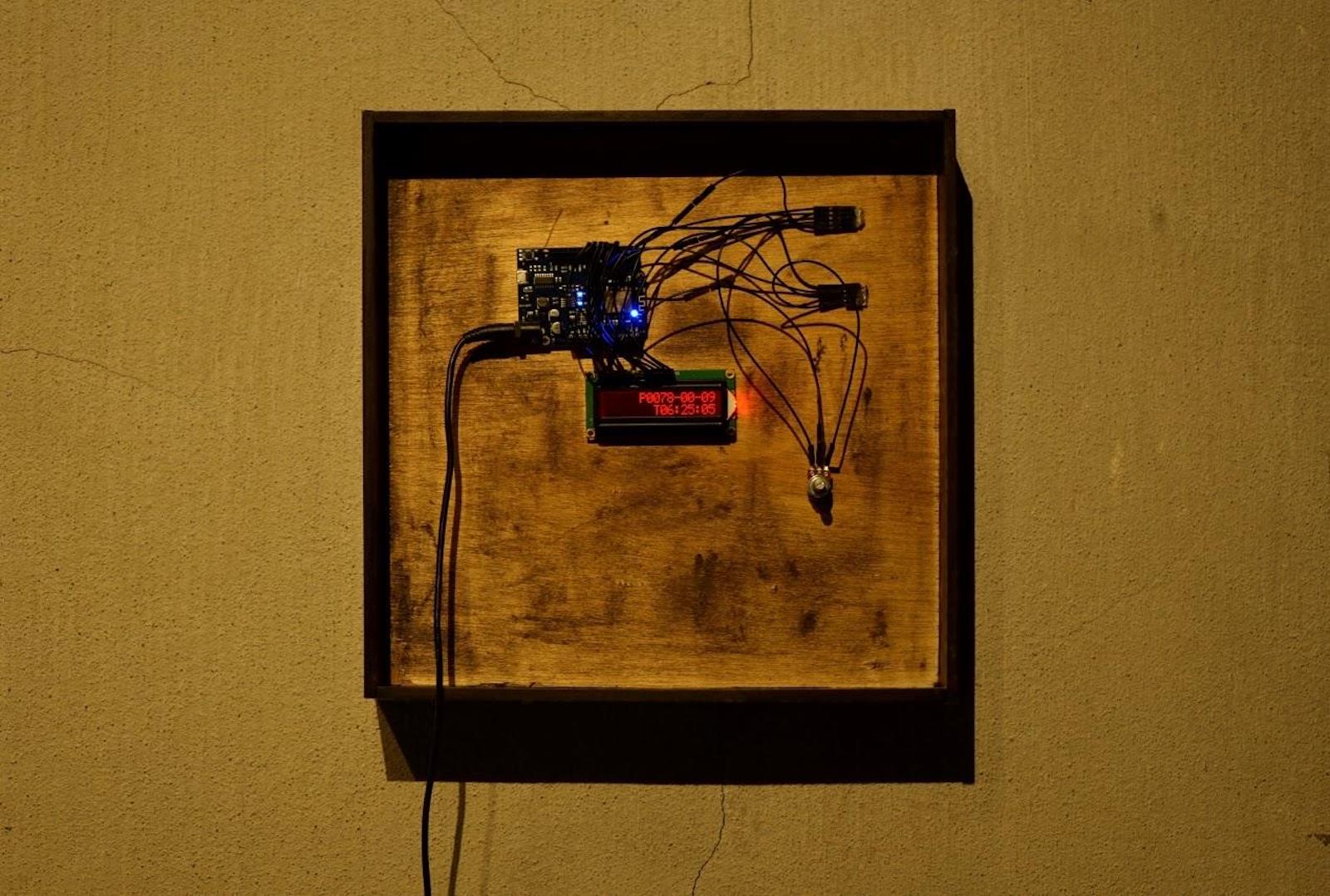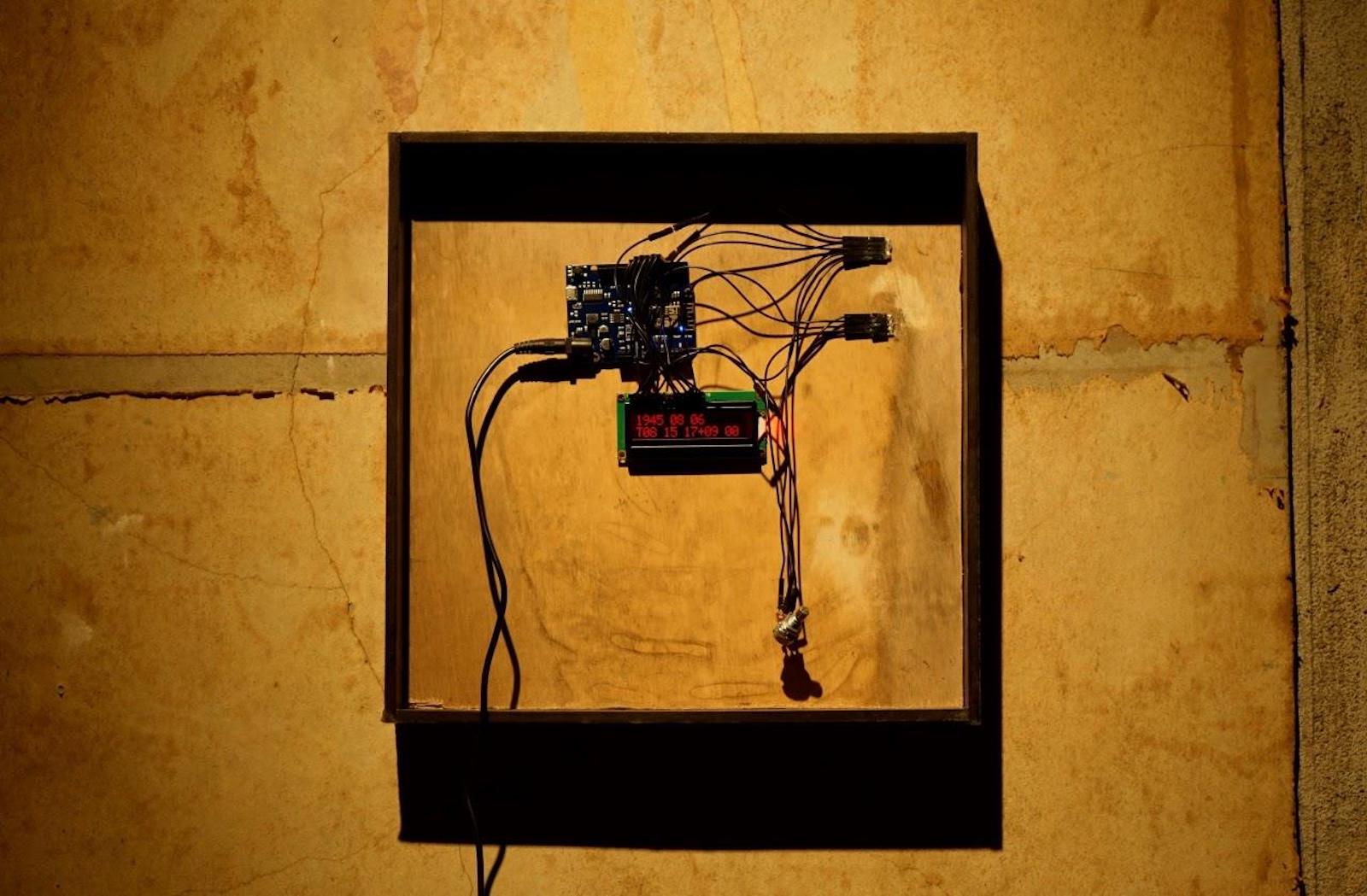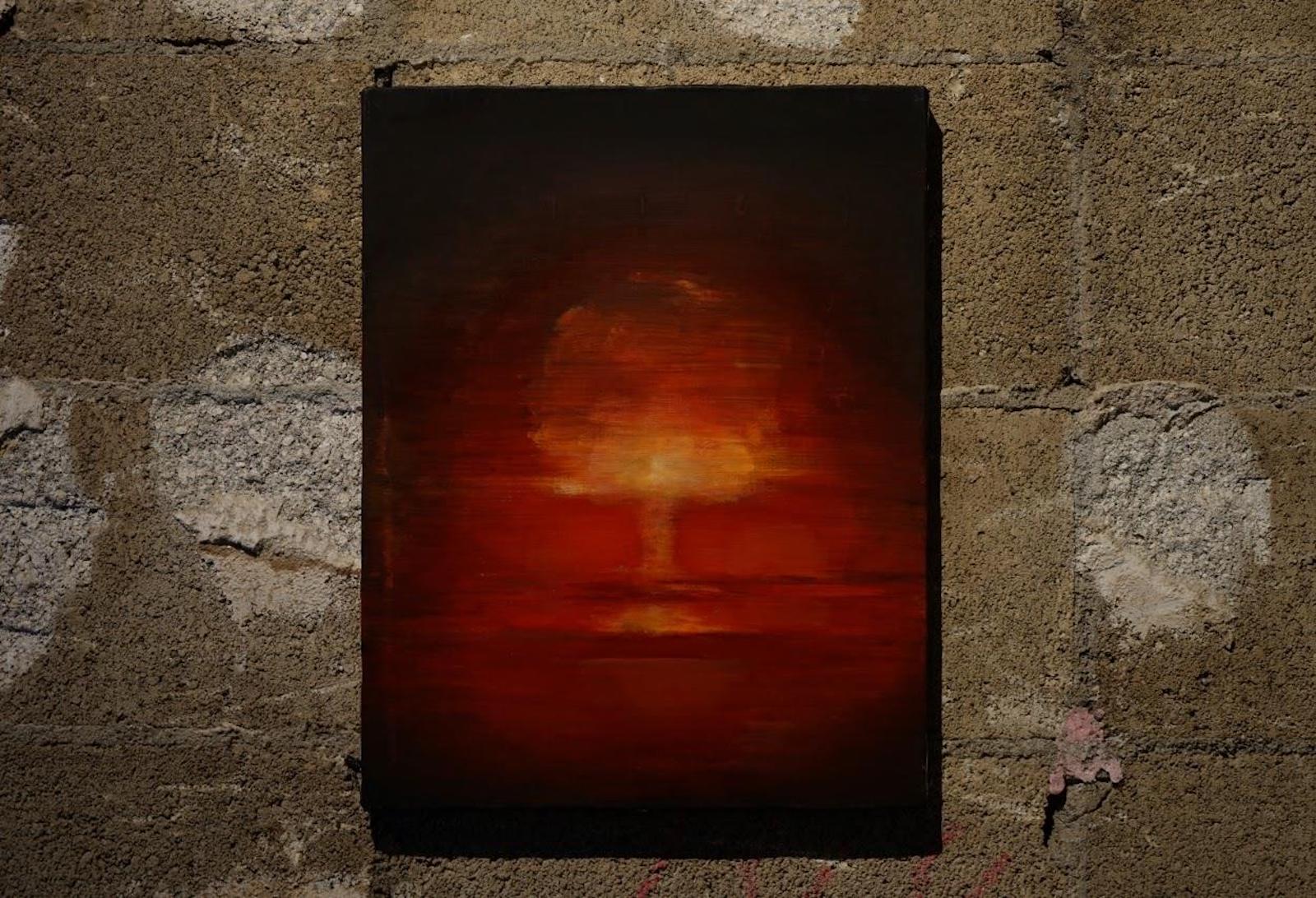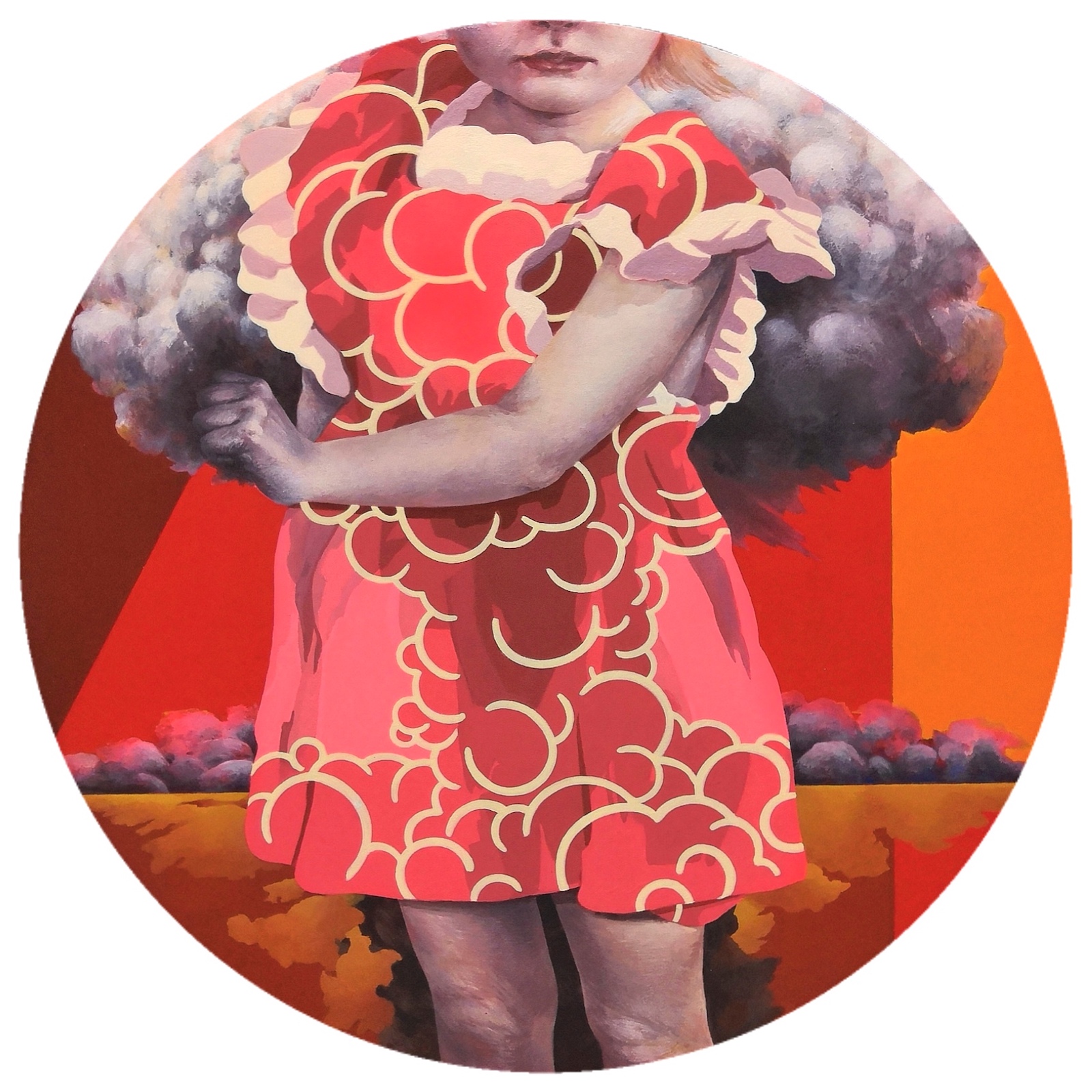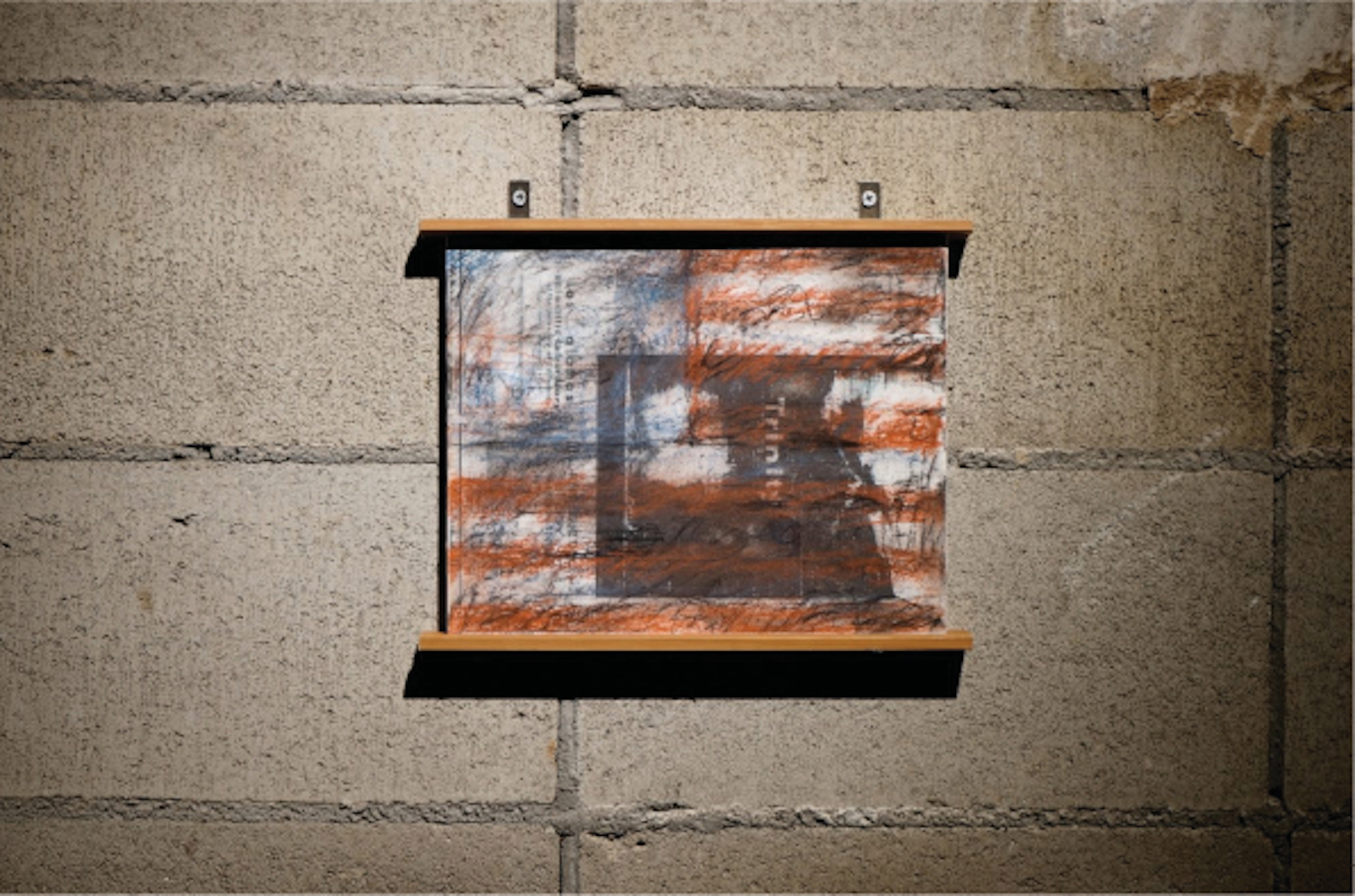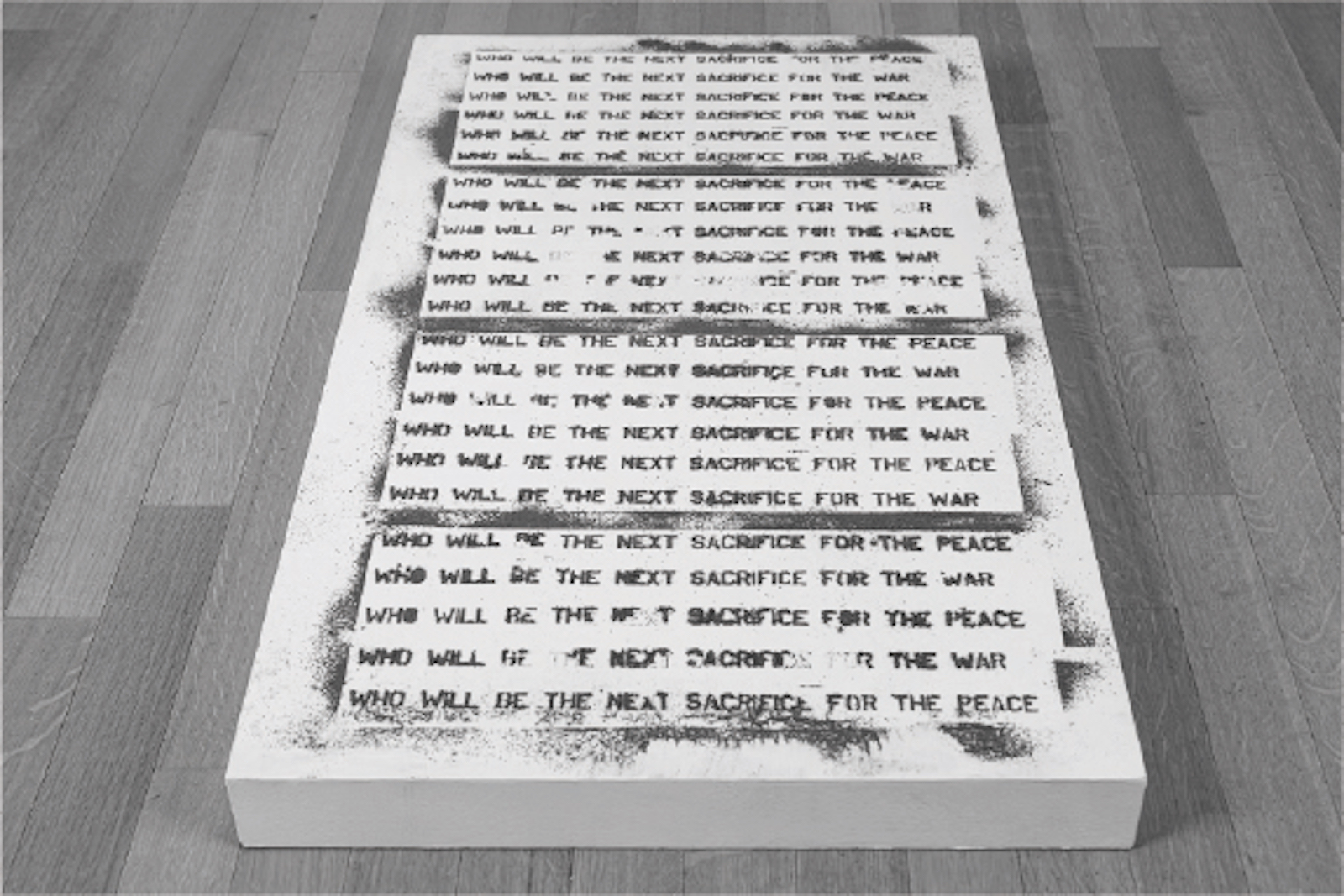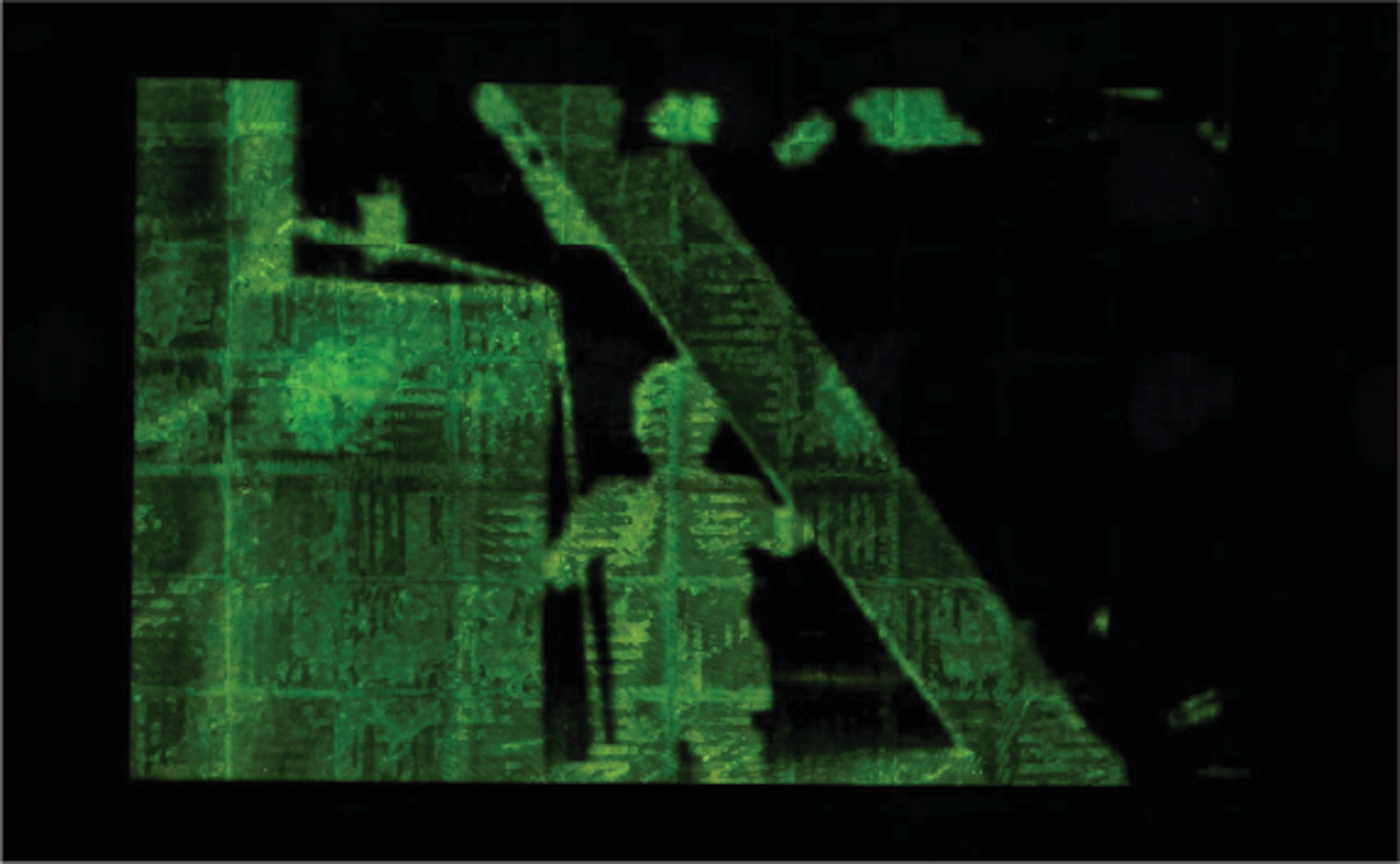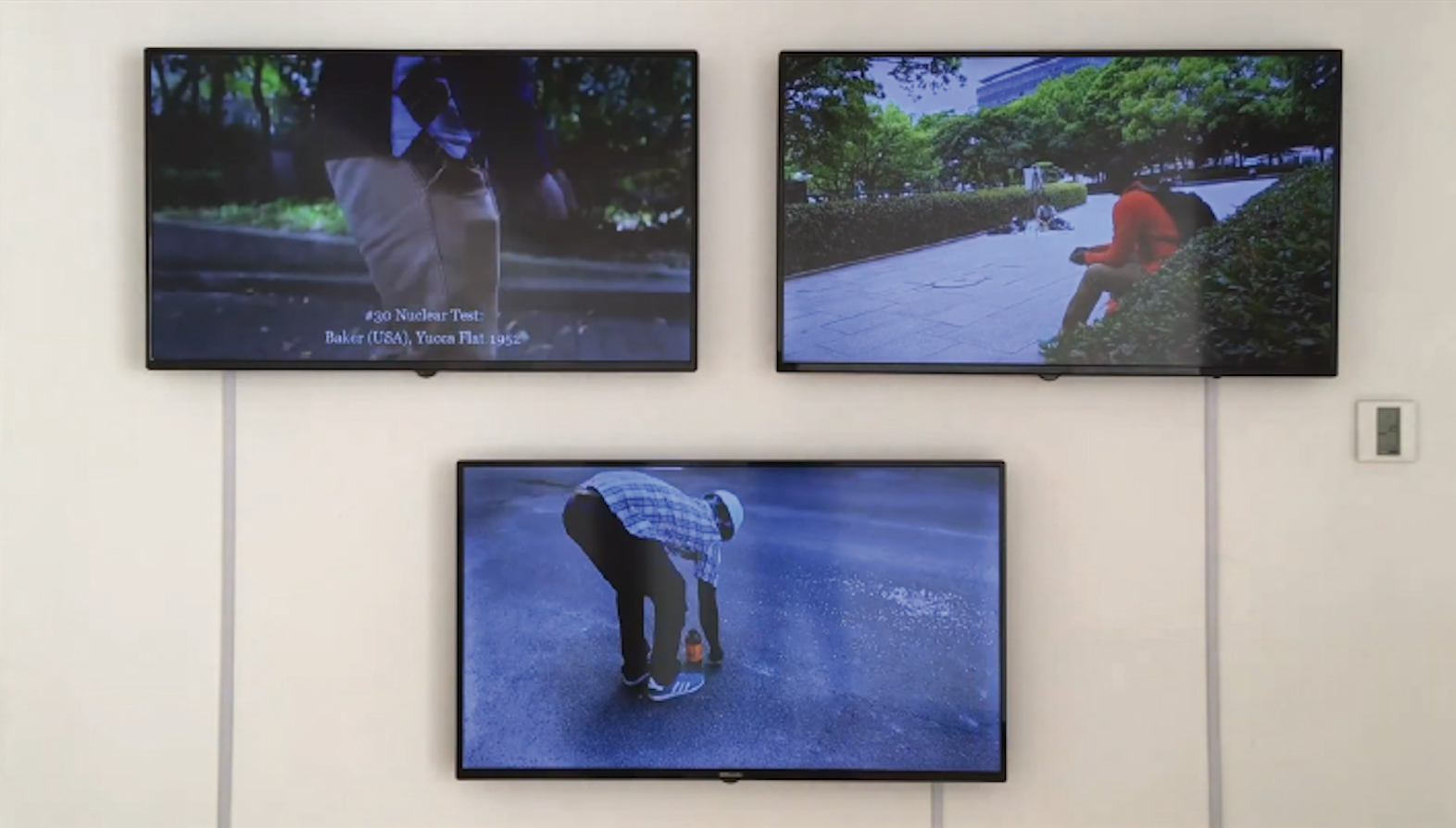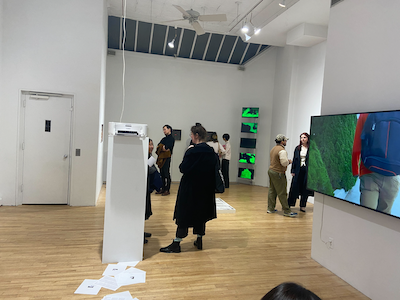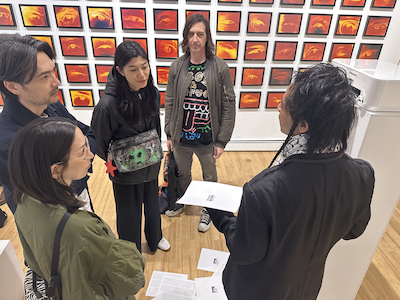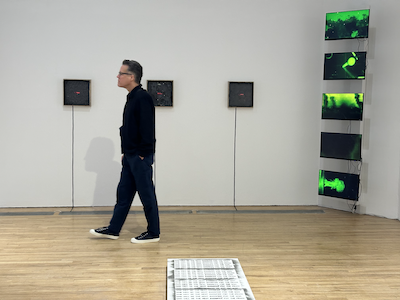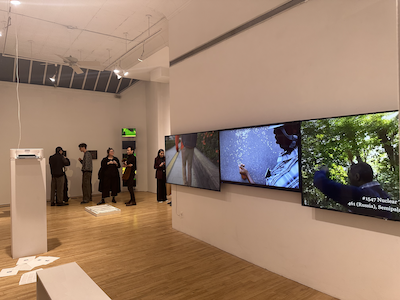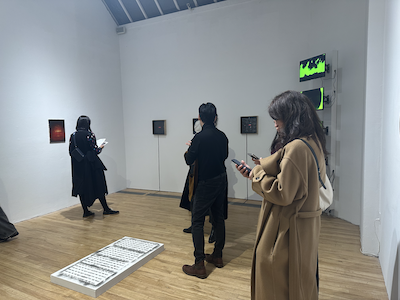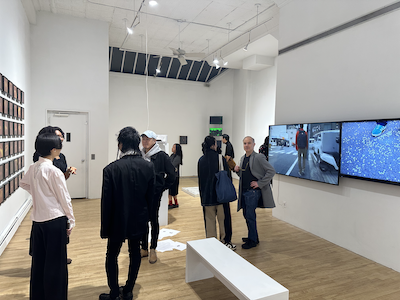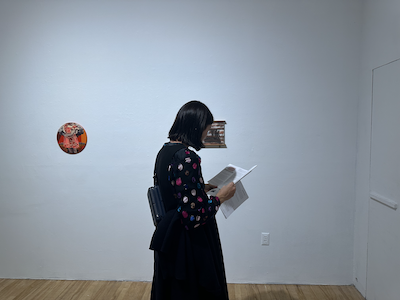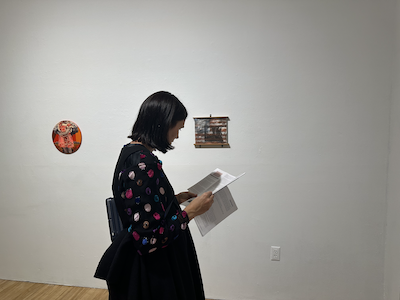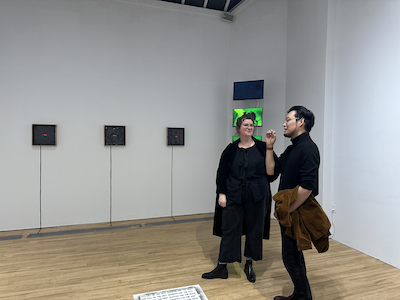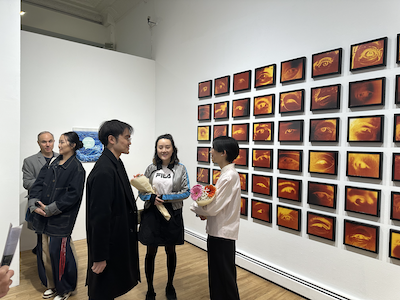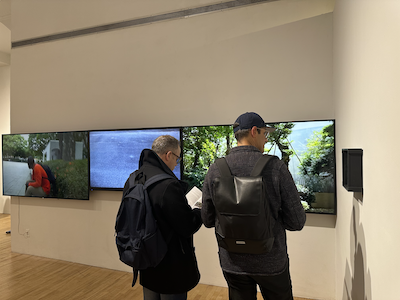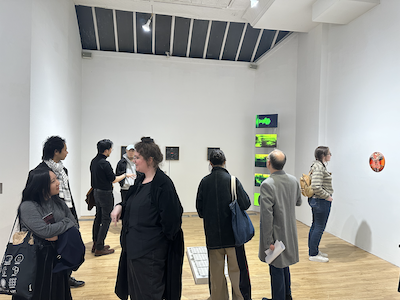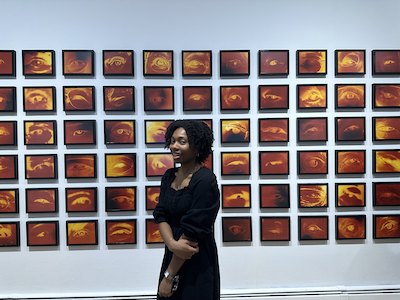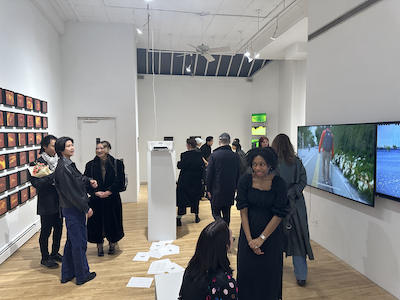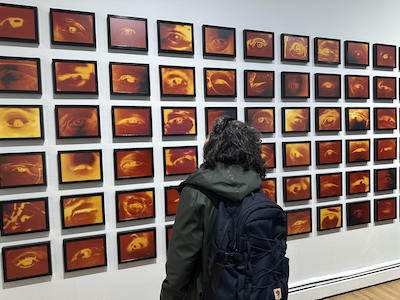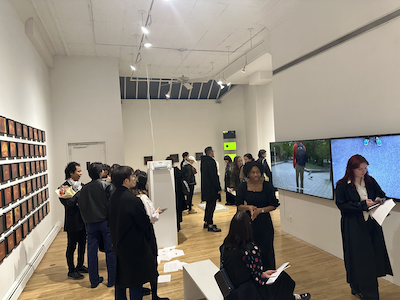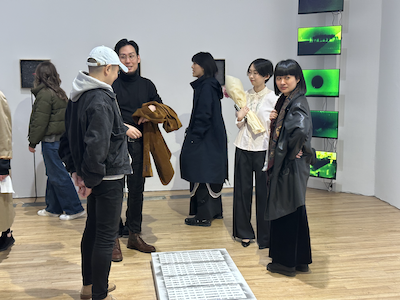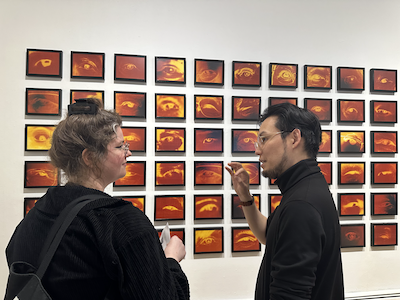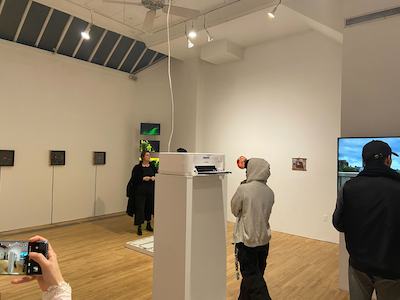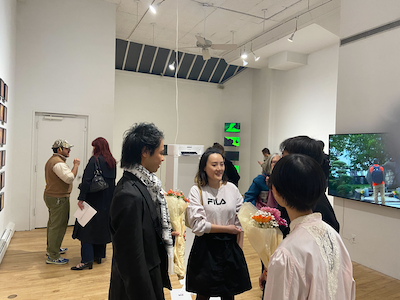Use your up, down, left, and right keys, or click within to navigate.
Souya Handa - Layla Yamamoto - Kei Ito - Sixte Kakinda
"Rest in peace, for [we/they] shall not repeat the error." This sentence is a literal translation from the epitaph on the cenotaph of the Hiroshima Peace Memorial Park, a legacy of the atomic-bombing of Hiroshima by the United States. In the original Japanese epitaph, the subject is intentionally omitted to make who made the error ambiguous not to criticize the U.S. due to Japanese Government's pro-American shift.
Victims would also be hidden when someone tried to make aggressors ambiguous. We must remember 'hidden' victims when we pray for Hiroshima and Nagasaki. In Congo, miners in uranium mines faced the risk of radiation exposure, as the U.S. imported uranium from these mines for the atomic-bomb dropped on Hiroshima. There were also downwinders in the U.S, exposed to radioactive contamination from nuclear weapons testing.
The purpose of the exhibition is to connect historical dots related to the Manhattan Project, the U.S.' nuclear weapons development, and construct a linear narrative from the uranium mines used in the Hiroshima bomb to post-WW2 nuclear tests and even Fukushima.
SK is an artist from Democratic Republic of the Congo, uses drawing, animation and performance as his primary mediums. He will showcase his project that focuses on the relationship between Congo and Hiroshima, based on his research in Hiroshima. He bridges disconnected histories with his artwokrs and own body.
SH, a Japanese artist from Hiroshima. In this exhibition, SH utilizes scent to represent the lasting radiation after the explosion, which lingers on visitors' bodies and clothes. This experience compels attendees to carry both the scent and the memories of the exhibition. Additionally, SH reflects on the time that has passed since the atomic-bombing, during which people in Hiroshima have consistently advocated for a world without nuclear weapons.
KI is a Japan-born visual artist based in the U.S. He works on visualizing the invisible, such as radiation, memory, and life/death. As a grandchild of a survivor of the atomic-bombing of Hiroshima and a first-generation U.S. immigrant, Ito deals with the downwinders. KI will present his photo-installation work photos of the eyes of nuclear victims printed with sunlight, and he raises questions about "who will be the next sacrifice for war/peace." through his installation work with a printer.
LY, a Japanese painter educated in the U.S, focuses on social and political power. Her series, "After the Quake," critically examined the post-war Japan-U.S. relations, which began with the atomic-bombings and continued through the nuclear plant trade that conducted the Fukushima nuclear disaster. Her works with a phrase, "Postwar is over," also serve as a reminder that Hiroshima's postwar cannot be over until all atomic-bombs are eliminated from the world.
According to the formal statement by the Hiroshima government, the omitted subject in the Hiroshima epitaph is "we," representing not only Hiroshima but all of humanity. Through this exhibition, I hope people around the world carry our message with them, contributing to a peaceful future and the prevention of future errors. The subject of the epitaph should be "we," encompassing everyone. This is the prayer of Hiroshima.
Victims would also be hidden when someone tried to make aggressors ambiguous. We must remember 'hidden' victims when we pray for Hiroshima and Nagasaki. In Congo, miners in uranium mines faced the risk of radiation exposure, as the U.S. imported uranium from these mines for the atomic-bomb dropped on Hiroshima. There were also downwinders in the U.S, exposed to radioactive contamination from nuclear weapons testing.
The purpose of the exhibition is to connect historical dots related to the Manhattan Project, the U.S.' nuclear weapons development, and construct a linear narrative from the uranium mines used in the Hiroshima bomb to post-WW2 nuclear tests and even Fukushima.
SK is an artist from Democratic Republic of the Congo, uses drawing, animation and performance as his primary mediums. He will showcase his project that focuses on the relationship between Congo and Hiroshima, based on his research in Hiroshima. He bridges disconnected histories with his artwokrs and own body.
SH, a Japanese artist from Hiroshima. In this exhibition, SH utilizes scent to represent the lasting radiation after the explosion, which lingers on visitors' bodies and clothes. This experience compels attendees to carry both the scent and the memories of the exhibition. Additionally, SH reflects on the time that has passed since the atomic-bombing, during which people in Hiroshima have consistently advocated for a world without nuclear weapons.
KI is a Japan-born visual artist based in the U.S. He works on visualizing the invisible, such as radiation, memory, and life/death. As a grandchild of a survivor of the atomic-bombing of Hiroshima and a first-generation U.S. immigrant, Ito deals with the downwinders. KI will present his photo-installation work photos of the eyes of nuclear victims printed with sunlight, and he raises questions about "who will be the next sacrifice for war/peace." through his installation work with a printer.
LY, a Japanese painter educated in the U.S, focuses on social and political power. Her series, "After the Quake," critically examined the post-war Japan-U.S. relations, which began with the atomic-bombings and continued through the nuclear plant trade that conducted the Fukushima nuclear disaster. Her works with a phrase, "Postwar is over," also serve as a reminder that Hiroshima's postwar cannot be over until all atomic-bombs are eliminated from the world.
According to the formal statement by the Hiroshima government, the omitted subject in the Hiroshima epitaph is "we," representing not only Hiroshima but all of humanity. Through this exhibition, I hope people around the world carry our message with them, contributing to a peaceful future and the prevention of future errors. The subject of the epitaph should be "we," encompassing everyone. This is the prayer of Hiroshima.
Souya Handa is an artist and independent curator based in Tokyo. He has curated several exhibitions with a focus on technology, gender, and Japan's cultural identity. As an artist hailing from Hiroshima, his artistic practice delves into the nuanced conflicts between technological developments and social ethics.





